
Art and Architecture Through the Ages
Chosen theme: Art and Architecture Through the Ages. Journey with us from prehistoric markings to parametric skylines, tracing how creativity builds the world we live in. Subscribe, comment with your favorite era, and help shape future explorations of history’s most inspiring spaces.
Origins: From Cave Walls to Megaliths
In Lascaux and Chauvet, ochre silhouettes of bulls and hands whisper across millennia, reminding us that art began as a compass for memory. These painted chambers taught communities to share stories, navigate seasons, and bind identity through images.
Origins: From Cave Walls to Megaliths
From Stonehenge to Göbekli Tepe, standing stones choreograph sunlight, shadow, and ritual. Their alignments show proto-architectural thinking: geometry as ceremony, weight as wonder. They prove that architecture’s first tool was not mortar—but the moving cosmos.
Origins: From Cave Walls to Megaliths
Contemporary designers revisit vernacular wisdom: local materials, seasonal comfort, and narrative. Art and Architecture Through the Ages teaches humility—listen to climate, craft, and culture. Share your favorite ancient site in the comments and tell us why it still matters.
Classical Foundations: Greece and Rome
Doric, Ionic, Corinthian—three voices pursuing balance. Vitruvius outlined firmness, commodity, delight, forging a timeless triad. In the Parthenon’s subtle curvature, we feel human perception honored, as if stone itself breathed to correct optical illusions.
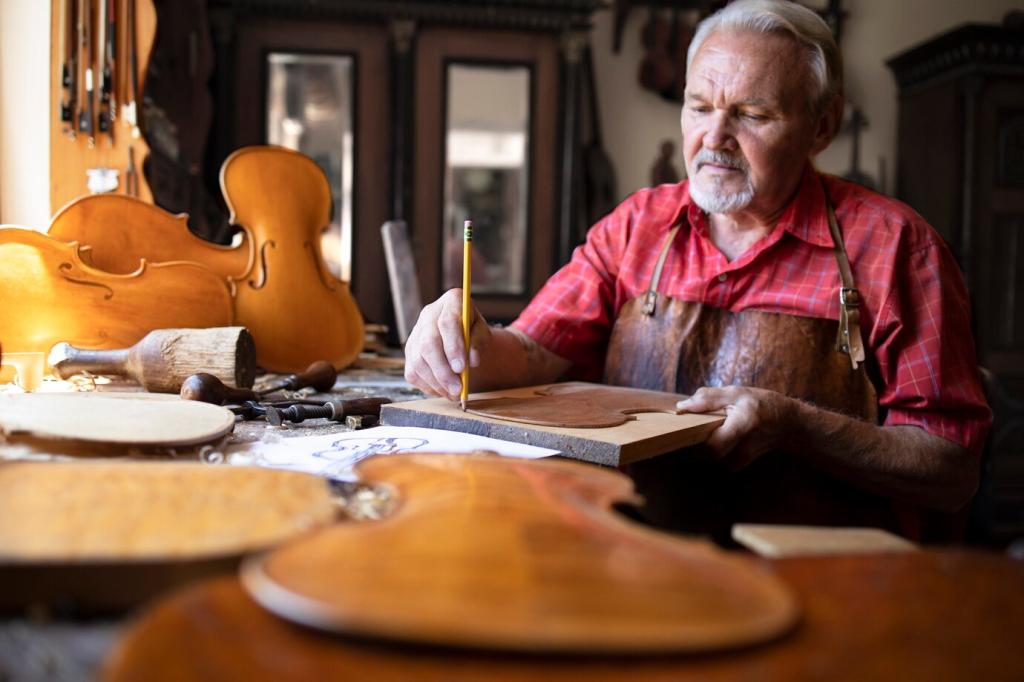


Faith and Light: Gothic Cathedrals
Gothic builders carved gravity into choreography. Buttresses catch thrust, ribs sketch webs in the sky, and pointed arches channel forces like music. Structural clarity becomes spiritual metaphor: upward vectors mirroring hope, persistence, and communal aspiration.
Faith and Light: Gothic Cathedrals
Stained glass windows taught theology to the illiterate, bathing interiors in narrative light. Each pane is a miniature stage where saints, symbols, and seasons converse, proving color can carry doctrine as powerfully as any sermon or scroll.
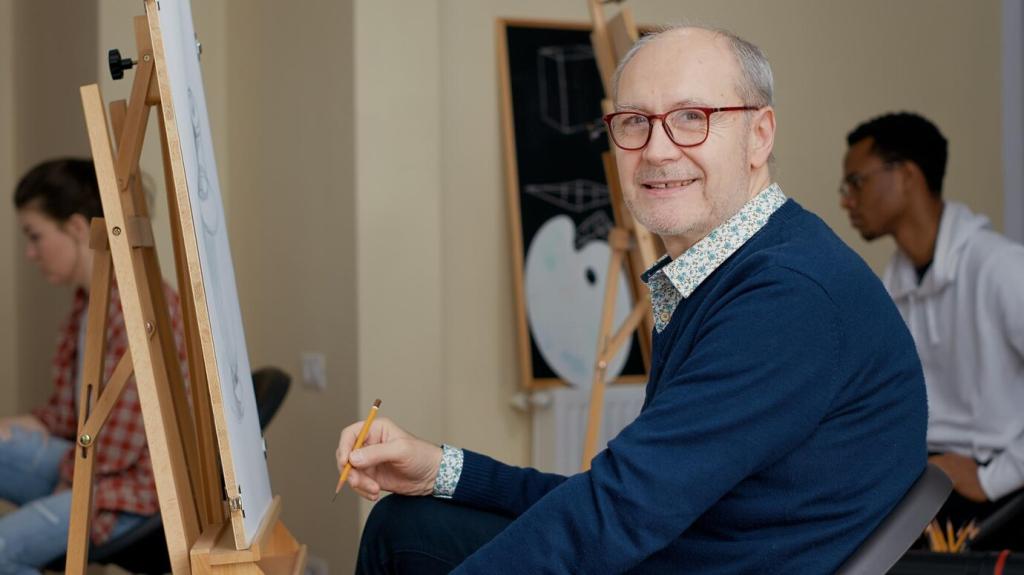
Drawing the World to Scale
Brunelleschi’s experiments birthed linear perspective, letting sketches command space with mathematical grace. Alberti’s treatises turned craft into science, uniting painters, sculptors, and architects under a shared grammar of sight, ratio, and believable worlds.
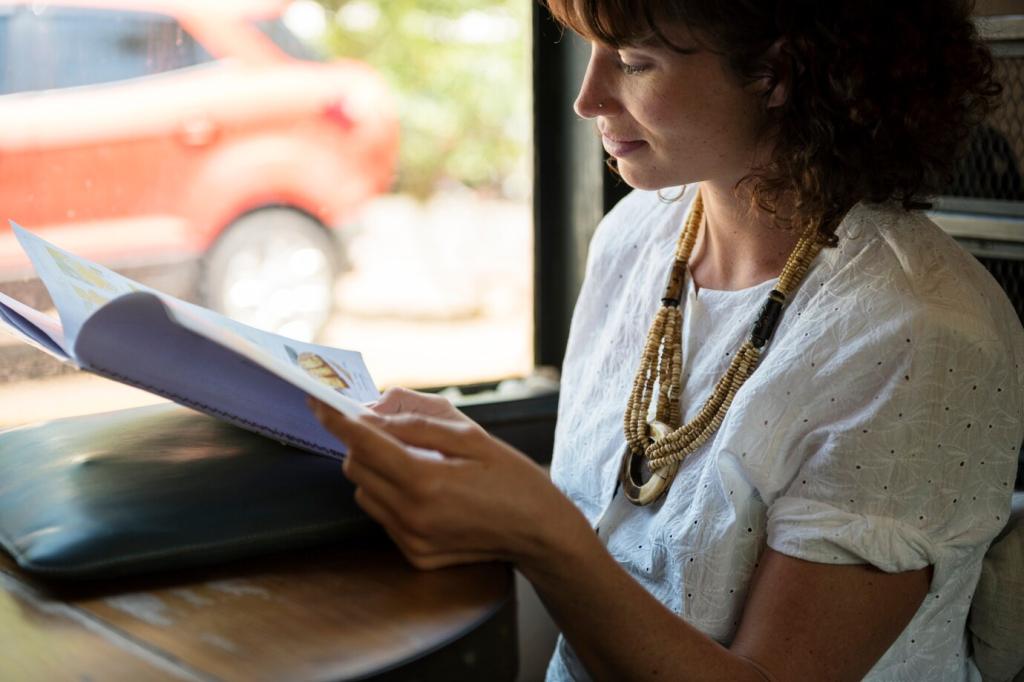
Bernini’s Theater of Stone
In Rome, Bernini choreographed piazzas, fountains, and chapels with cinematic timing. Curving colonnades embrace pilgrims; sculptures breathe mid-motion. Baroque architecture turns viewers into participants, reminding us that space can persuade through rhythm and surprise.

Islamic architecture turns number into poetry. Repeating stars, calligraphy, and muqarnas vaults dissolve edges, guiding minds toward infinity. Pattern is philosophy here—discipline and devotion casting shadow-lace across carvings, tiles, and sunlit courtyards.
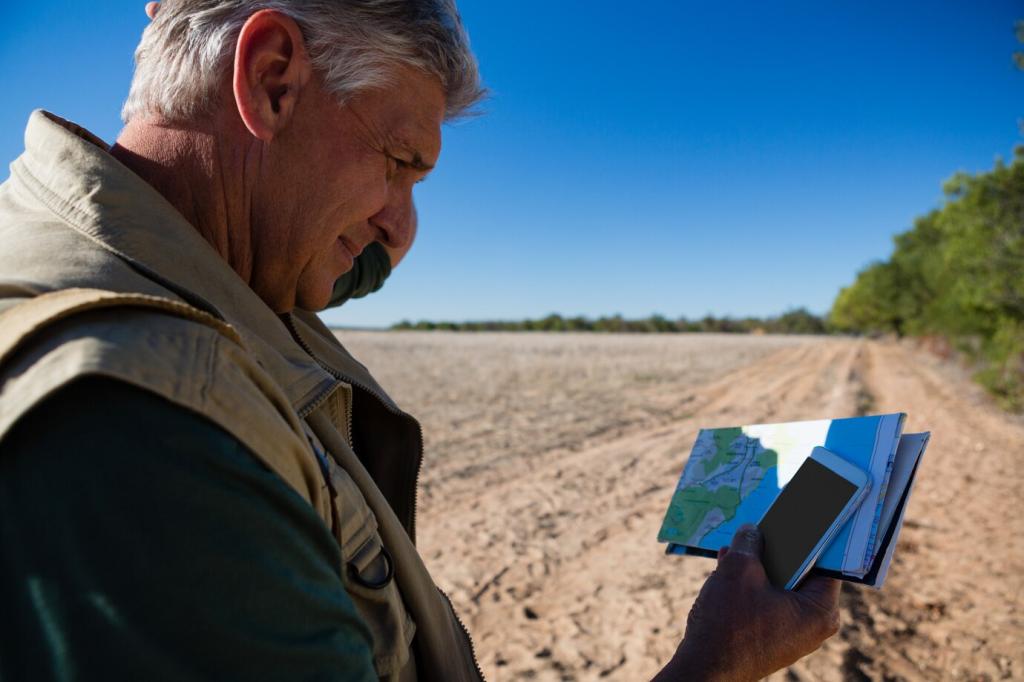
The Taj Mahal’s mirrored gardens and perfect axes hold love and loss in balanced silence. Mandala-based planning across South Asia embeds cosmology in ground plans, reminding us that orientation can be both geometry and prayer.

In Japan, joinery binds wood without nails, celebrating impermanence and care. Sliding screens modulate seasons and social life; moss gardens slow the eye. Share a quiet space that teaches you to listen rather than speak.
At the Bauhaus, craft met industry, merging typography, textiles, and architecture under a democratic banner. The goal: accessible beauty. Today’s studios still echo its mantra—learn by doing, iterate openly, and dissolve walls between disciplines.
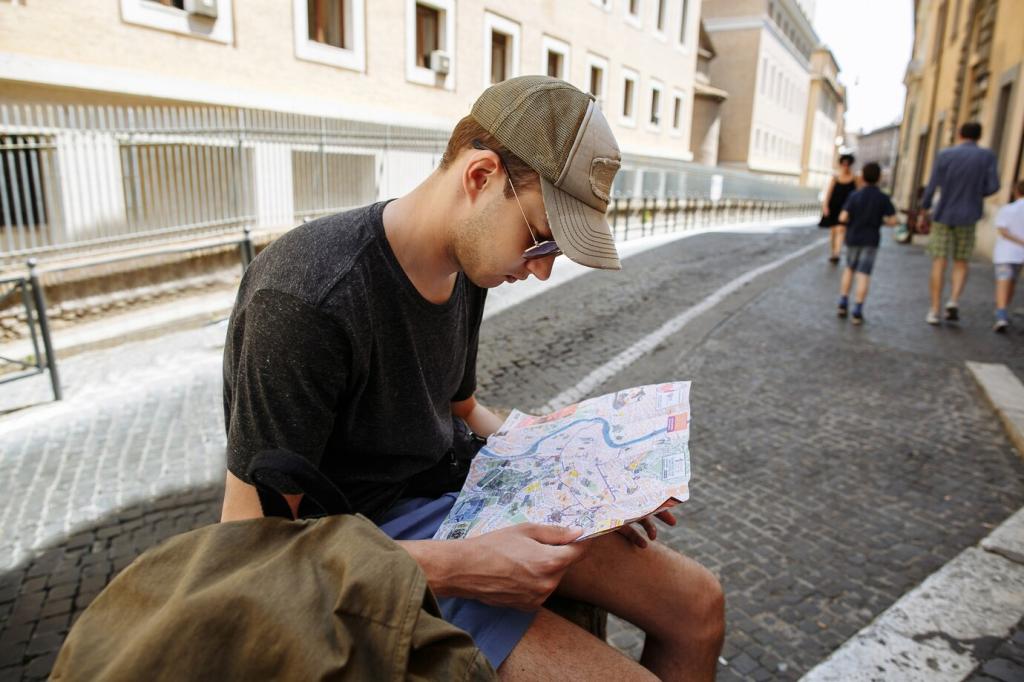



Sustainable Futures: Building with Care
Shading, cross-ventilation, and thermal mass come from vernacular traditions refined by science. Buildings should sip energy, not gulp it. Share examples of comfortable spaces that work with climate, proving sustainability can feel generous and joyful.
